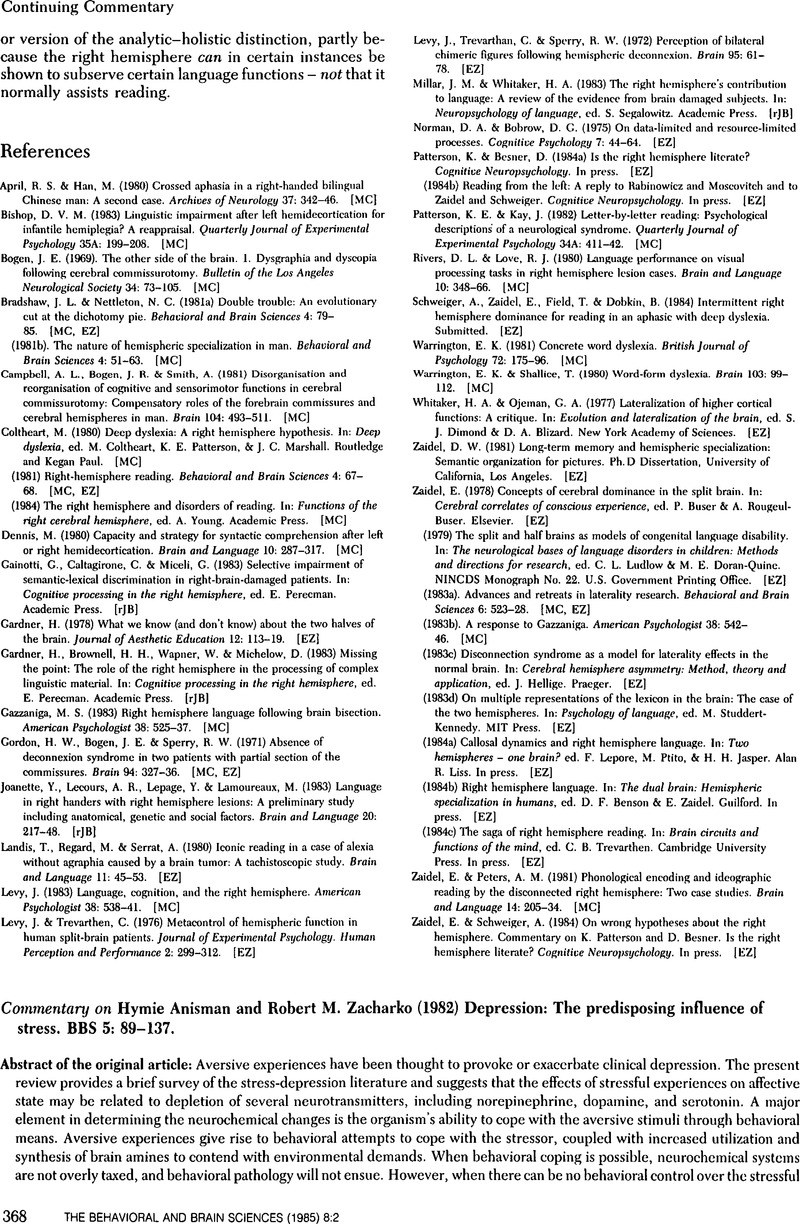Post, R. M. &
Ballenger, J. C. (
1981) Kindling models for the progressive development of behavioral psychopathology: Sensitization to electrical, pharmacological, and psychological stimuli. In:
Handbook of biological psychiatry, pt. 4, ed.
van Praag, H. M.,
Lader, M. H.,
Rafaelsen, O. J. &
Sachar, E. J..
Marcel-Dekker. [RMP]
Google Scholar 